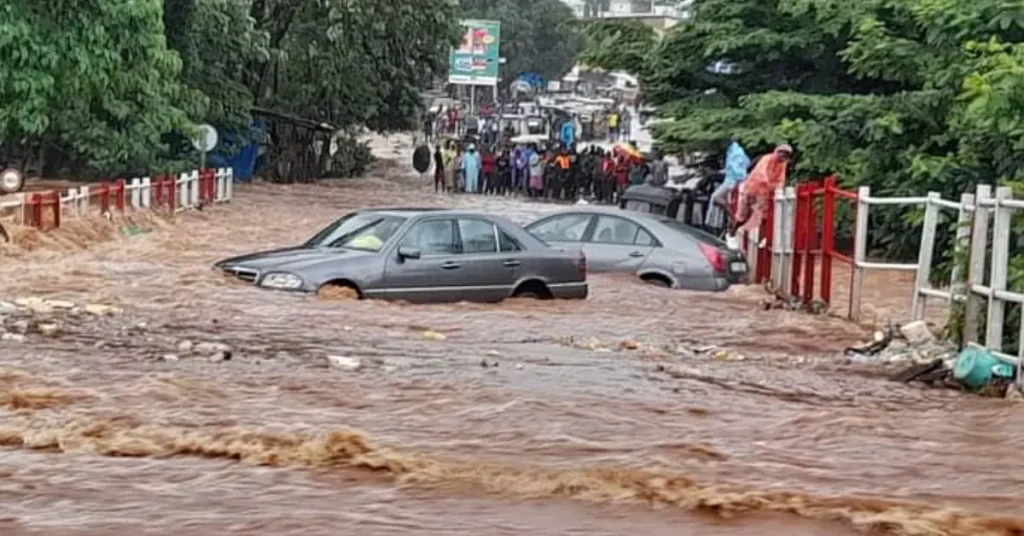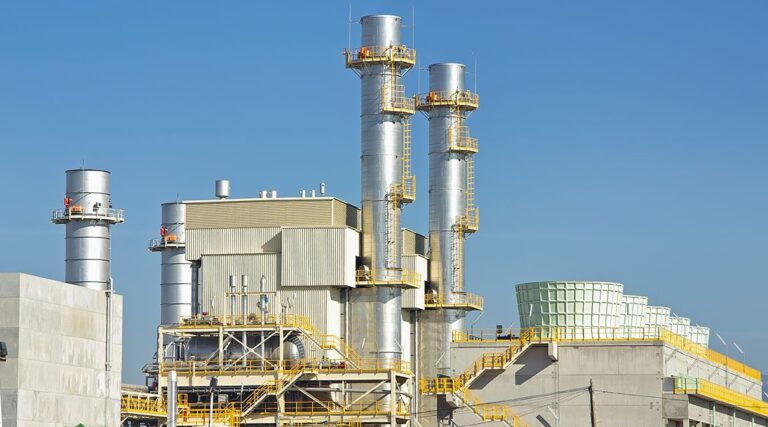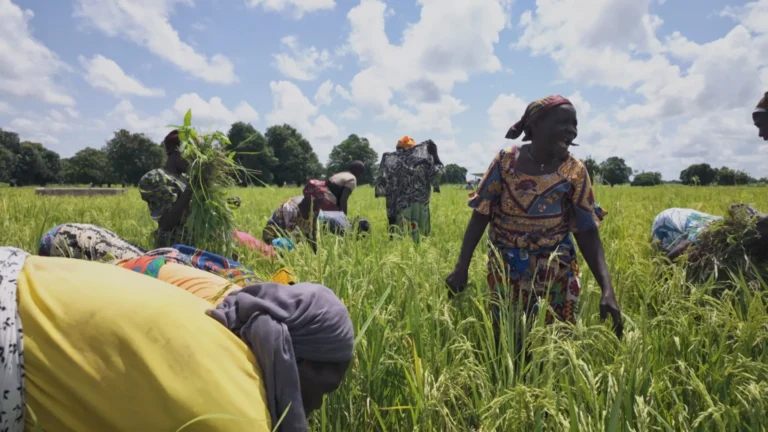
At least 15 people have lost their lives in Conakry, Guinea’s capital, as relentless torrential rains since early June continue to unleash catastrophic flooding across the city and its outskirts.
The deluge, which shows no sign of letting up, has plunged the region into crisis, overwhelming infrastructure and displacing scores of families.
What began as seasonal rainfall has intensified into daily storms of exceptional magnitude, turning major streets and entire neighbourhoods into floodplains.
The worst-hit areas—Matoto, Ratoma, and Dixinn—have seen entire communities submerged. Homes, especially in low-income and informal settlements, have been swept away or destroyed by rising waters and collapsing walls.
“The waters are rising rapidly, infiltrating precarious homes, sweeping away belongings, destroying roads, and isolating entire neighborhoods,” a local authority reported.
Many families, forced to flee without warning, are now taking refuge in overcrowded public buildings or with relatives, as emergency shelters struggle to cope.
The tragedy, however, extends beyond the force of nature. Urban planning failures have left Conakry acutely vulnerable to such climate shocks. Decades of unregulated construction—often on marshlands or natural drainage channels—have intensified the flood risk.
Drainage systems, where they exist, are frequently clogged with household waste, rendering them ineffective during heavy downpours.
“Drainage systems are largely inadequate, or even nonexistent in some areas,” one observer noted. The blockage of gutters by plastic waste and debris has become a recurrent issue, crippling the city’s ability to channel excess water and protect communities.
While emergency services scramble to reach affected zones, access remains difficult. Many flood-hit districts are virtually cut off, and relief efforts are falling short amid growing humanitarian needs. The risk of disease is also rising, with stagnant floodwaters creating fertile ground for waterborne illnesses such as cholera, typhoid, and malaria.
As the rainy season stretches through October, Conakry faces the grim prospect of further devastation. The unfolding disaster lays bare not only the city’s fragile infrastructure but the urgent need for climate-resilient urban planning in the face of escalating environmental threats across West Africa.



